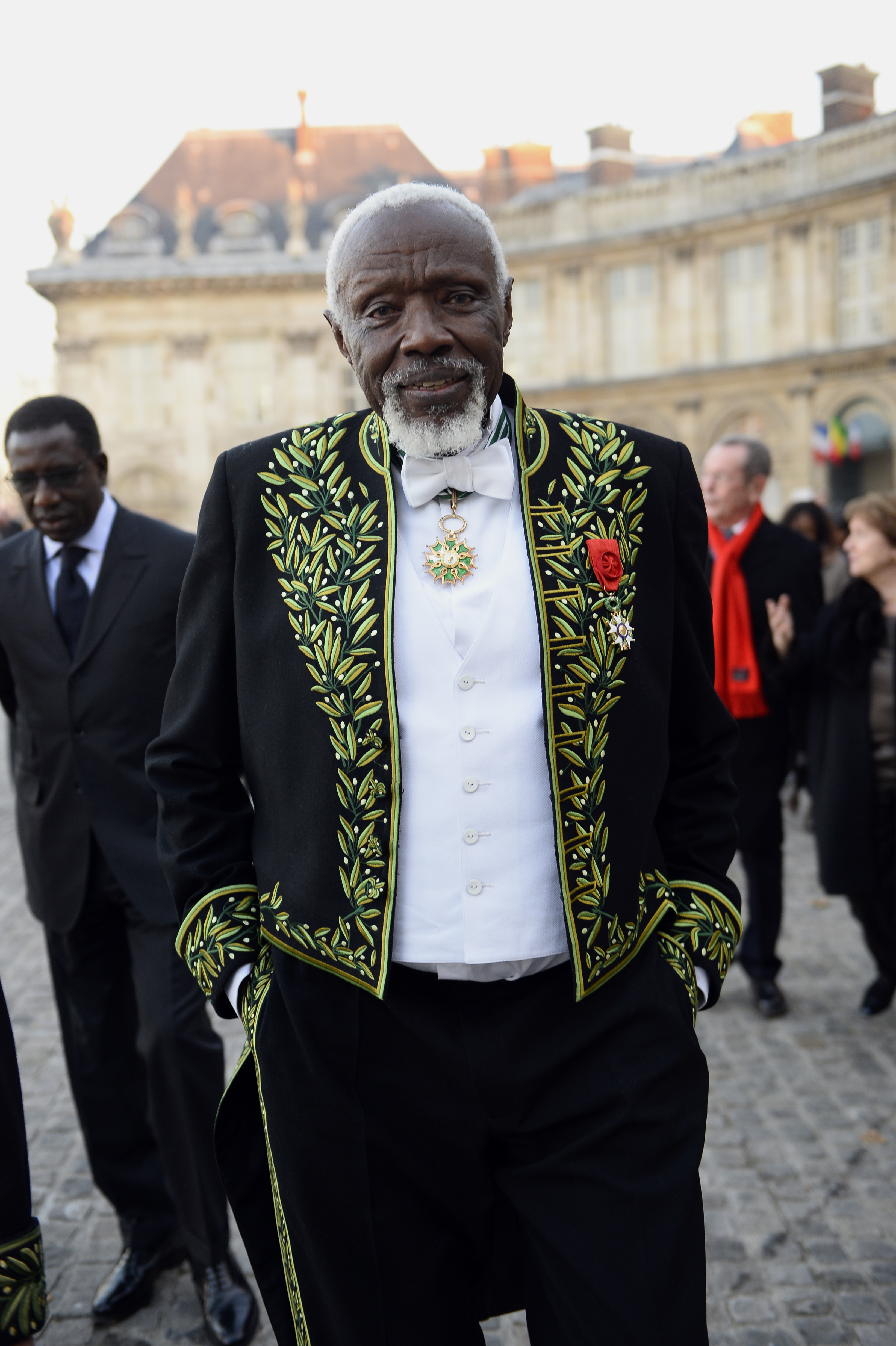
The Senegalese artist Ousmane Sow has died at 81 in Dakar, Senegal, his family reported to the Agence France-Presse on Thursday. He was known for his life-size (or larger) sculptures, and was dubbed “The Auguste Rodin of Senegal,” according to the New York Times.
Sow’s sculptures were inspired by German photographer Leni Riefenstahl’s photographs of Nubian wrestlers in Sudan, and his works encompassed portrayals of the Nuba, Masai, and other African peoples.
Though Sow spent the majority of his life working as a physiotherapist, he switched to making art full-time in his ’50s. His background thus made him well-versed in representations of the male body; “I could be blindfolded and still make a human body from head to toe,” he once said.
His series of bronze sculptures of muscular African men—titled “The Maasai”, “The Zulus”, and “The Fulani”—have been shown widely in France, and exhibited at the Documenta in Kassel, Germany, in 1993 and at the 1995 Venice Biennale.
“Working without drawings, and relying on his intimate knowledge of the human anatomy from his years working as a physical therapist, he created imposing, rough-textured figures, bristling with energy, that seemed to embody the fierce spirit of postcolonial Africa,” wrote William Grimes of the NYT.
In 2013, Sow was the first African to be elected a member of France’s renowned Academie des Beaux-Arts.
His last and most recent sculpture, The Peasant—which was commissioned by the office of the president of Senegal—will be cast in bronze and placed in front of the Abdou Diouf International Conference Center in Diamniadio, near Dakar.
According to the AFP, Sow had been unwell and the death was not unexpected. “He has taken with him all the dreams and projects that his body was too tired to finish,” a family member said.